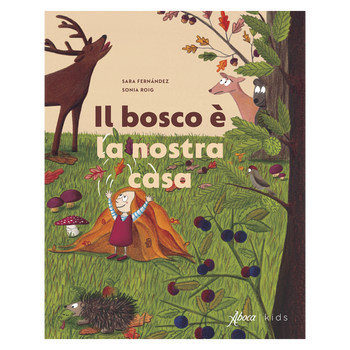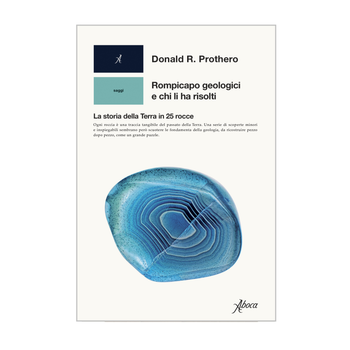You have no items in your shopping cart.
Antologia Della Divina Proporzione Antologia Della Divina Proporzione
Di Luca Pacioli, Piero della Francesca e Leonardo da Vinci Di Luca Pacioli, Piero della Francesca e Leonardo da Vinci
€49,00
The theme of the Anthology is divine proportion, a fascinating subject that engaged the most brilliant intellects of the Renaissance and which even today remains of extraordinary interest.
The theme of the Anthology is divine proportion, a fascinating subject that engaged the most brilliant intellects of the Renaissance and which even today remains of extraordinary interest.
Availability:
In Stock
Sku: ANTDIVPRO3
ISBN/EAN: 9788898881017
The most outstanding expression of how humans perceive beauty, divine proportion is given by the perfect relationship of forms, spatial arrangements and harmony of colours and musical cadences.
Divine proportion is in essence geometric and mathematic, and its properties are reflected in the parts of the human body, and such creative works as the layout of the megaliths of Stonehenge, the plan of the Parthenon, the cathedral of Notre Dame, the symphonies of Beethoven, Spring by Botticelli and the Mona Lisa by Leonardo.
The Anthology explains and illustrates how the theme of divine proportion so fascinated the exceptional minds of the Renaissance: those of Piero della Francesca, who in his Libellus expounded the fundaments of the theories that would later be developed by Luca Pacioli in De divina proportione and then graphically interpreted by Leonardo da Vinci in his drawings of polyhedrons.
The Anthology gives a modern understanding of the figure of Luca Pacioli, while a context and overview of his scientific interests have been provided by:
- Piergiorgio Odifreddi, mathematician, writer and populariser of scientific subjects
- Antonio Pieretti, philosopher, expert in language and communications
- Duilio Contin, bibliologist, director of the Bibliotheca Antiqua of Aboca Museum.
The most outstanding expression of how humans perceive beauty, divine proportion is given by the perfect relationship of forms, spatial arrangements and harmony of colours and musical cadences.
Divine proportion is in essence geometric and mathematic, and its properties are reflected in the parts of the human body, and such creative works as the layout of the megaliths of Stonehenge, the plan of the Parthenon, the cathedral of Notre Dame, the symphonies of Beethoven, Spring by Botticelli and the Mona Lisa by Leonardo.
The Anthology explains and illustrates how the theme of divine proportion so fascinated the exceptional minds of the Renaissance: those of Piero della Francesca, who in his Libellus expounded the fundaments of the theories that would later be developed by Luca Pacioli in De divina proportione and then graphically interpreted by Leonardo da Vinci in his drawings of polyhedrons.
The Anthology gives a modern understanding of the figure of Luca Pacioli, while a context and overview of his scientific interests have been provided by:
- Piergiorgio Odifreddi, mathematician, writer and populariser of scientific subjects
- Antonio Pieretti, philosopher, expert in language and communications
- Duilio Contin, bibliologist, director of the Bibliotheca Antiqua of Aboca Museum.
Release date: 2014
Dimensions: cm 17 x 24
Pages 360
Illustrations: 305
Release date: 2014
Dimensions: cm 17 x 24
Pages 360
Illustrations: 305














